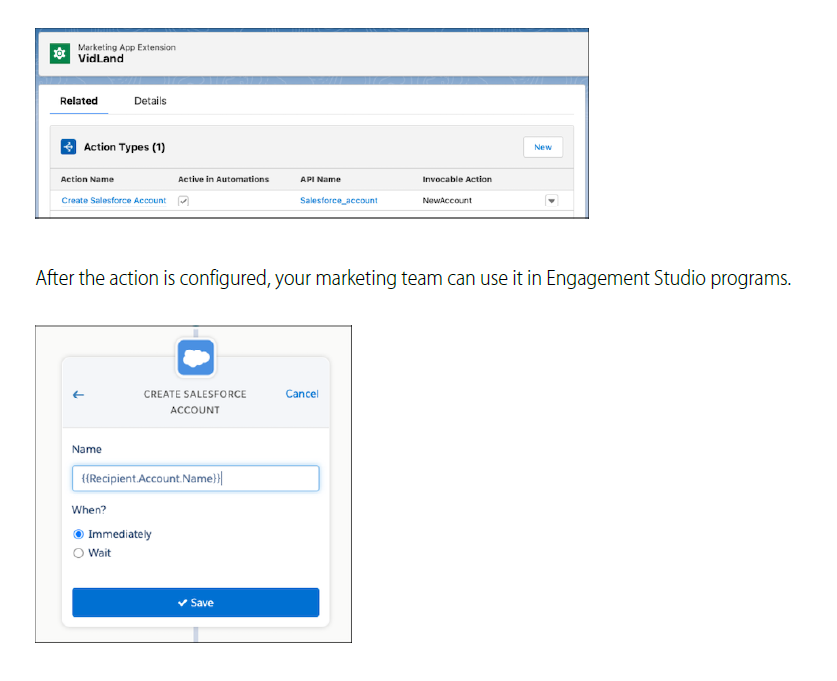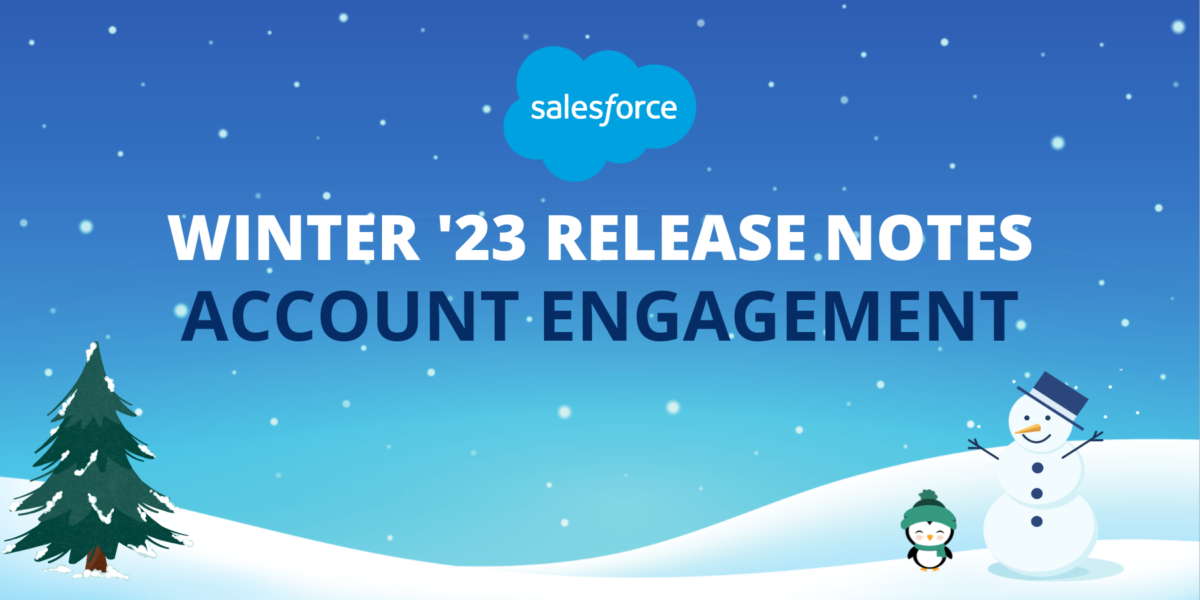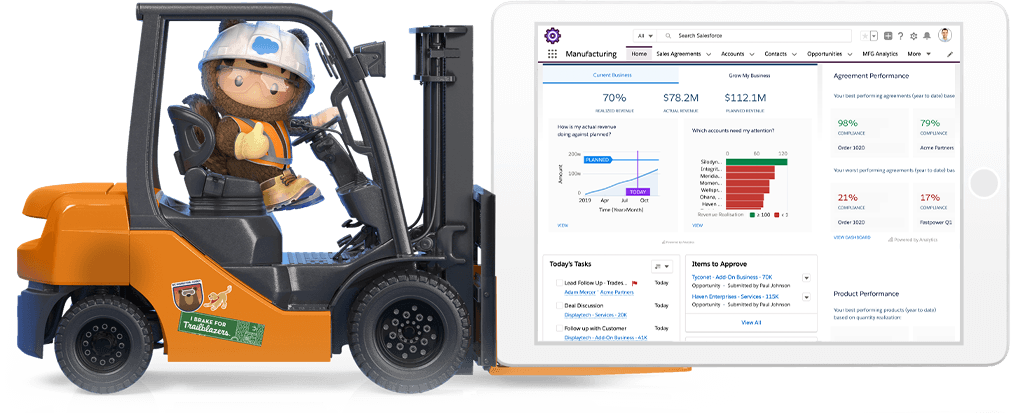The Salesforce Winter ’23 Release Notes are here! We’ve gone through every page and highlighted new features and enhancements from Account Engagement (Previously Pardot).
Automate Tasks with Extensibility Enhancements
-
- As part of extensibility enhancements, you can now take actions on prospects outside of Account Engagement. Supercharge Engagement Studio programs by automatically registering prospects for a webinar, sending them an SMS text, creating a new lead Salesforce, and more. External actions are built on invocable actions, so you can customize them to fit your business needs. Use external actions independently or in combination with external activities to close automation gaps across platforms.

Simplify Prospect Opt-Out Status between Account Engagement and Salesforce
-
- The prospect Opted Out field now requires a designated system of record, giving you one place to check for a record’s opt-out status. Choose between Account Engagement or Salesforce as the primary value for the prospect Opted Out field. Previously, the Opted Out field inherited the value from the most recently updated record.

Review Prospects with Bot-Like activity
-
- To protect the health of your business unit, Account Engagement can pause activity tracking for prospects with an excessive amount of activity. When a prospect’s activity tracking is paused, an icon appears on the prospect list view and an error appears on the prospect record. A prospect’s activity tracking is paused only if it impacts Account Engagement’s performance. Paused prospects who are opted in can still receive marketing emails.
Form Security Features Now Mandatory
-
- A security update that better protects your forms and marketing content can affect forms served over the default go.pardot.com domain. For continuous form support, we recommend that you use a custom domain with forms or use them with Pardot landing pages. To find out where affected forms are being used, refer to the Content Served Using the Default Domain report in Pardot Settings.
Give Access to Account Engagement with a Dedicated Permission Set License and Permission Set
-
- To accommodate Account Engagement users who don’t require full access to Salesforce, you can now assign them the Account Engagement permission set license and Account Engagement User permission set. This permission set grants users access to most of the marketing tools available in the Account Engagement Lightning app. It doesn’t include full access to campaigns in Salesforce.
Sync All Prospects Records with One Click
-
- Use the Sync All Prospects option to sync prospect records with Salesforce. Previously, you needed to update a prospect field to trigger a full sync. Business units with fewer than 500,000 prospects can trigger a full sync every 7 days.

Pardot Classic App is Being Retired
- The Pardot Classic App is scheduled for retirement in all Salesforce orgs by October 17, 2022. To access Account Engagement in Salesforce and get access to the latest features, use the Account Engagement Lightning app (formerly the Pardot Lightning app). You can also continue to access the standalone legacy application at pi.pardot.com.
If you would like to learn more about the Salesforce Winter ’23 Release and Account Engagement, please contact us.
Sources/Photos






